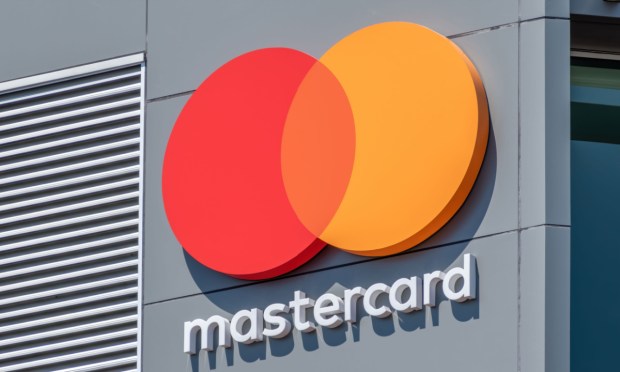Mastercard: Tokenized Transactions Grow 50% Year Over Year

Mastercard said in its most recent earnings report on Wednesday (May 1) that the shift to digital payments from cash is gaining strength, and contactless and tokenized transactions are proving to be strong tailwinds.
Worldwide gross dollar volume (GDV) increased by 10% year over year to $2.3 trillion. In the U.S., GDV increased by 6% to $712 billion with credit growth of 6% with credit growth of 12% and debit growth of 13%. Overall, cross-border volume increased 18% globally.
CEO Michael Miebach said that in terms of macroeconomic trends, the picture remains “mixed.” Solid wage growth is supporting healthy consumer spending, and inflation has been moderating. But rate cuts in the U.S. have been delayed. Mastercard is “monitoring … consumer balance sheet health.” The company remains positive about growth, said Miebach.
The trend toward digital payments proceeds apace, said the CEO, who added that “our fast and secure contactless technology has been instrumental in displacing cash. Contactless now represents more than 2 of every 3 in person switched purchase transactions.”
Tap to Phone and Tokenization Show Growth
Tap to Phone, he said, is live across more than 100 markets, and tokenization is creating a “flywheel effect” as “lower fraud, higher approval rates and a better consumer experience bring more transactions and volume to the Mastercard network.”
Tokenized transactions grew 50% year over year, said Miebach, who added that approximately 1 in 4 transactions on the Mastercard network are tokenized today.
CFO Sachin Mehra said on the call that said that trends into April were “stable.” Company materials showed that global switched volumes were up 9%, cross-border volumes gained 16%.
Looking ahead, said Mehra, revenues should grow in a double-digit range.
Shares were down 1% in intraday trading on Wednesday.
“This reflects continued healthy consumer spending and higher value added services and solutions growth,” said Mehra.
Asked on the call about the potential in China, where the company has gotten approval to begin domestic bank card clearing activity and has enabled inbound acceptance via Alipay and Tencent, he said that Mastercard is “excited” about the market and long-term opportunities.
“In the short term, there’s more work that we need to do to build out more acceptance and continue to get more card programs out,” said Miebach.
With discussion of the continued displacement of cash, Miebach told analysts that “there is opportunity left here in the United States, but you look around the world and you see some other countries, G7 economies like Italy, you have 45% cash … there is a tremendous opportunity, even in developed opportunities to go after that … and there’s a whole range across developed and developing economies for us to continue to go and push into.”
And later, when asked about possible legislation that would change how card transactions are routed, Miebach said that “in the end, a merchant will make a decision on the basis of an economic outcome. And the net economic outcome is not just the cost of operating related to some routing costs, but it is fraud costs, etcetera, the whole package altogether. This is, I think, where we score well, because we have a better position,” said Miebach, adding that through the past five years the company has invested $7 billion in safety and security solutions.
“That makes for a competitive advantage for us,” he said.

